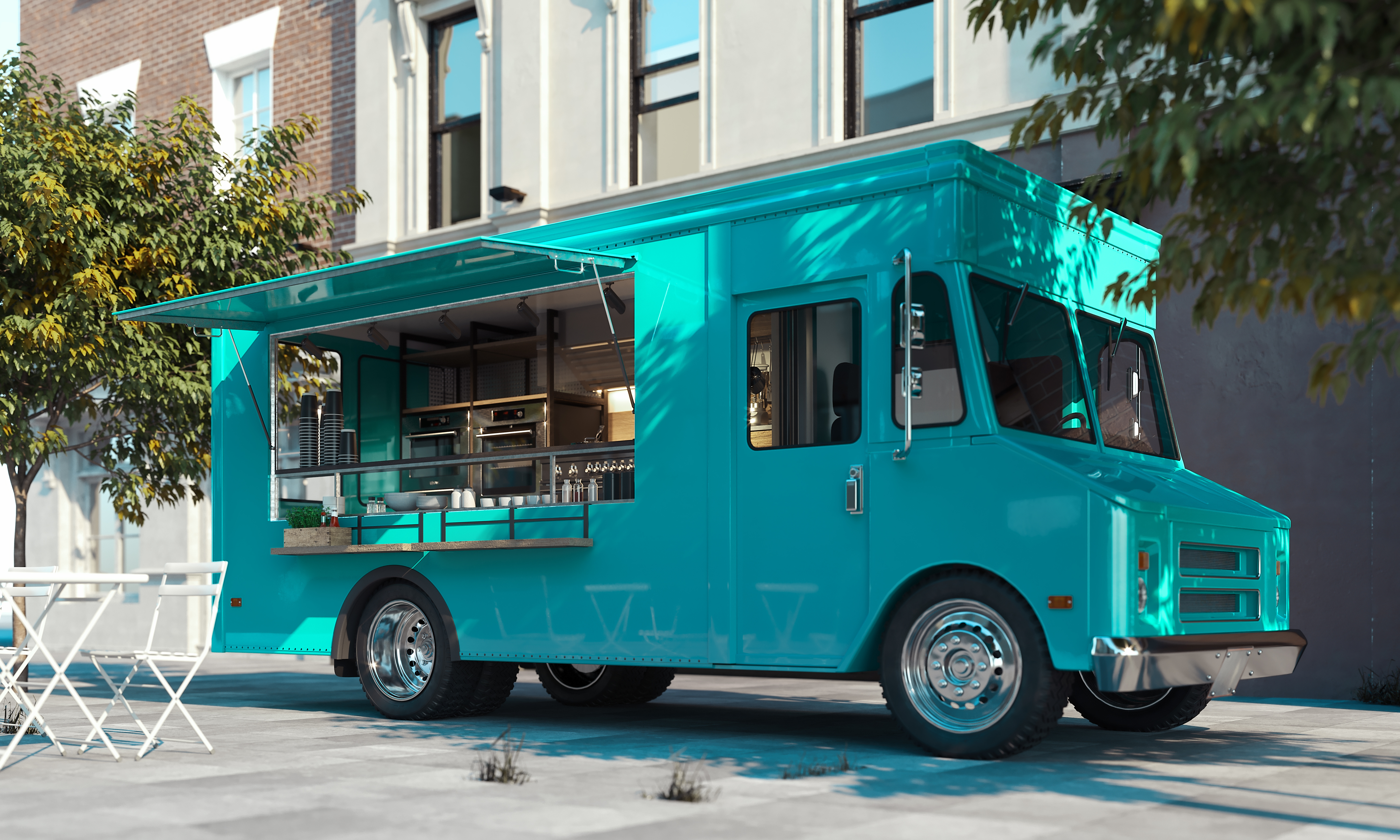Making the Switch: Vendor Transition Guide
Switching fire and security vendors feels risky. Even if your current provider isn't meeting your needs, the thought of transitioning systems and...
 |
Fire protection professionals committed to safeguarding lives, property, and peace of mind. |
 |
Solutions designed for your property type, from multi-family housing to healthcare facilities to retail spaces. |

|
Fire alarm, area of refuge, camera, and card access monitoring services. |
 |
Clear communication and instant response when every second counts. |
 |
From kitchens to server rooms, the right protection for every space. |
 |
Keep your primary defense system ready and reliable. |

|
Manage all your properties' access from one simple platform. |
 |
Monitor multiple properties in real time from anywhere, at any time. |

|
Document upcoming maintenance appointments and improve your proactive budget planning. |
 |
Fire Extinguisher Maintenance Checklist Learn the requirements for testing extinguishers monthly, annually, and beyond. |

|
Track all your inspection deadlines in one place. |
 |
Kitchen Hood Inspection Checklist Ensure your kitchen hoods are safe and compliant. Download a complete list of testing requirements. |

|
Guide to Fire & Security Monitoring Your complete property protection handbook in practical terms. |

|
Running a food truck takes work—this guide gives you the tools to keep it safe and up to code. |
 |
Comprehensive Guide to NFPA 13 and NFPA 25 Fire Sprinkler Systems Navigate sprinkler system requirements with confidence using our straightforward guide to codes and maintenance. |

|
Get your essential compliance guide. |
 |
When reliability matters across 18 restaurants, micromanagement doesn't. |
3 min read
Brothers Fire & Security : March 14, 2024

In the bustling world of mobile gastronomy, food trucks have become a staple, offering a diverse array of culinary delights on wheels. However, behind the scenes, there's a crucial aspect that ensures the success and safety of these rolling kitchens–adherence to food truck codes and safety regulations.
Ensuring the safety of customers and the general public is paramount for any food business. Food truck codes are designed to prevent hazards such as fires, gas leaks, and contamination, mitigating the risk of accidents and ensuring the well-being of consumers.
Operating a food truck comes with its own set of regulations and compliance requirements including:
Adhering to these codes does not guarantee the safety of patrons but it does help food truck owners mitigate risk as well as avoid legal complications and potential shutdowns.
Kitchen hoods, or exhaust hoods, are an integral component of food truck safety, designed to remove heat, smoke, and airborne grease particles from the cooking area. Regular maintenance is crucial to ensure their effectiveness.
Much like fire sprinkler systems, these fire suppression systems activate automatically upon detecting fire or excessive heat. They can also be manually activated if early heat detection is not achieved.
When triggered, the kitchen hood suppression system releases specially formulated chemical agents(not foam) through nozzles, suppressing fire and preventing re-ignition through saponification—a process where the agent combines with grease to create a soapy (non-harzardous) layer, sealing off fuel from oxygen. Additionally, the system shuts off the gas control valve, cuts power to appliances, and activates fans to clear smoke once the fire is extinguished.
Routine cleaning and inspections of kitchen hoods prevent the buildup of grease, which can be a fire hazard. Regular checks ensure that the ventilation system is functioning optimally, maintaining a safe cooking environment. To clean your truck’s kitchen hood correctly, regardless of what type you have:
There are two different types of kitchen hood systems.Type II hoods are designed for kitchens dealing with grease, fats, and oils. Unlike type I hoods, which capture air and grease particles above specific cooking equipment, type II hoods focus on removing excessive heat, moisture, and odors from the air. They are typically installed over cooking or dishwashing equipment, such as pizza ovens, to create a more comfortable environment.
It's important to note that type I hood suppression systems require regular cleaning to prevent the build-up of oil and grease, reducing the risk of fire hazards. Your food truck's hood suppression system should be customized to fit the size, design, and cooking methods of your kitchen.
Class K fire extinguishers are specifically designed for commercial kitchens and food trucks, targeting fires fueled by cooking oils and fats.
Proper placement of Class K fire extinguishers in the food truck kitchen is critical. Ensuring they are easily accessible and within reach during an emergency is essential for swift action.
Routine inspections of Class K fire extinguishers should be conducted to confirm their functionality. In case of use, immediate recharging or replacement is necessary to maintain a constant line of defense against potential kitchen fires.
Food truck codes and safety regulations are not mere formalities–they are the backbone of a thriving and secure mobile food industry. At Brothers Fire & Security, our team of certified technicians is dedicated to assisting you in selecting and installing the ideal hood suppression system for your food truck. Count on us for consistent high-quality service, with a 24/7 support team ready to address any concerns you may encounter. We specialize in tailoring systems to align with the distinct requirements of your food truck and cooking techniques. Reach out to us today, and together, let's elevate your food truck to meet and exceed code standards.

Switching fire and security vendors feels risky. Even if your current provider isn't meeting your needs, the thought of transitioning systems and...

Your fire alarm shows a trouble signal. Last week's sprinkler inspection never happened, and despite three calls and multiple messages, your vendor...

Winter weather and holiday demands can make managing multi-location security a nightmare. Fall is your best window to upgrade security systems,...